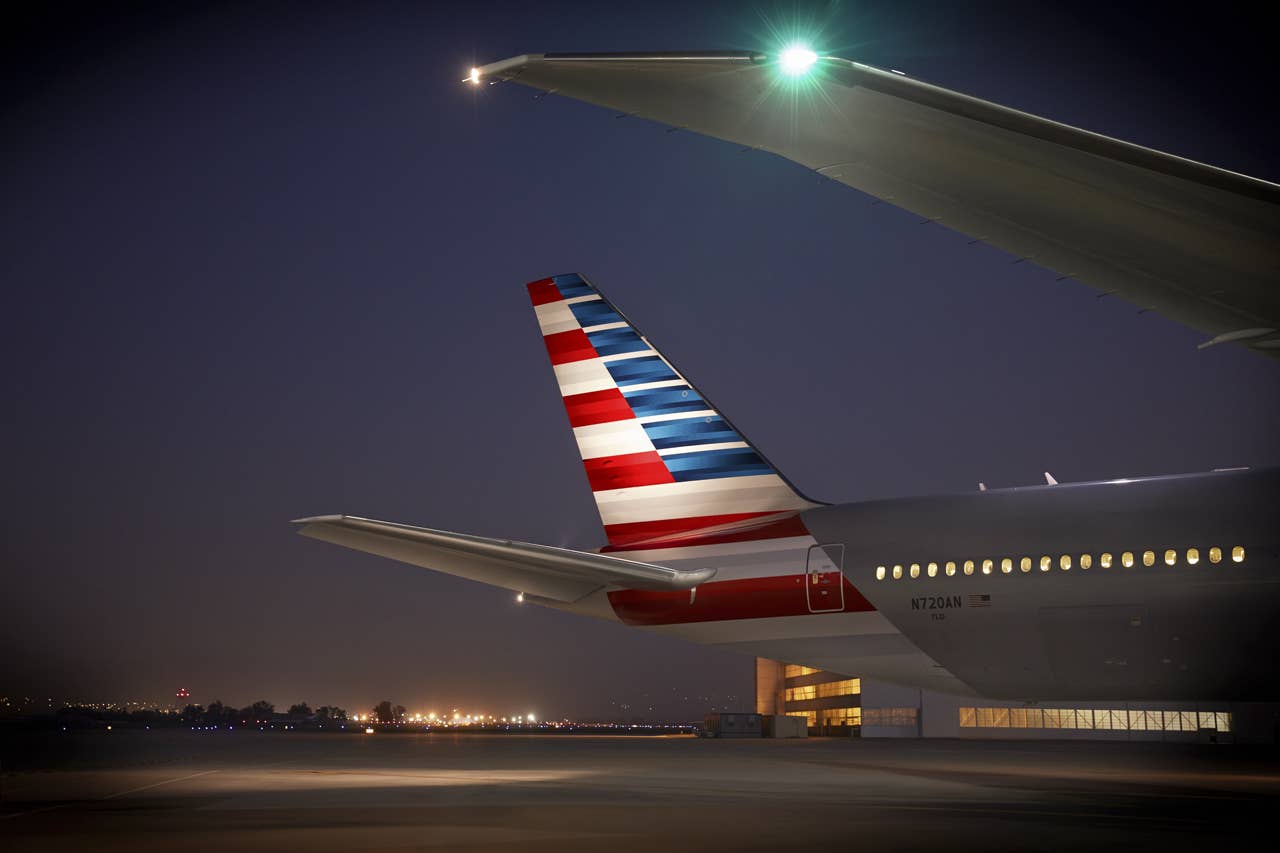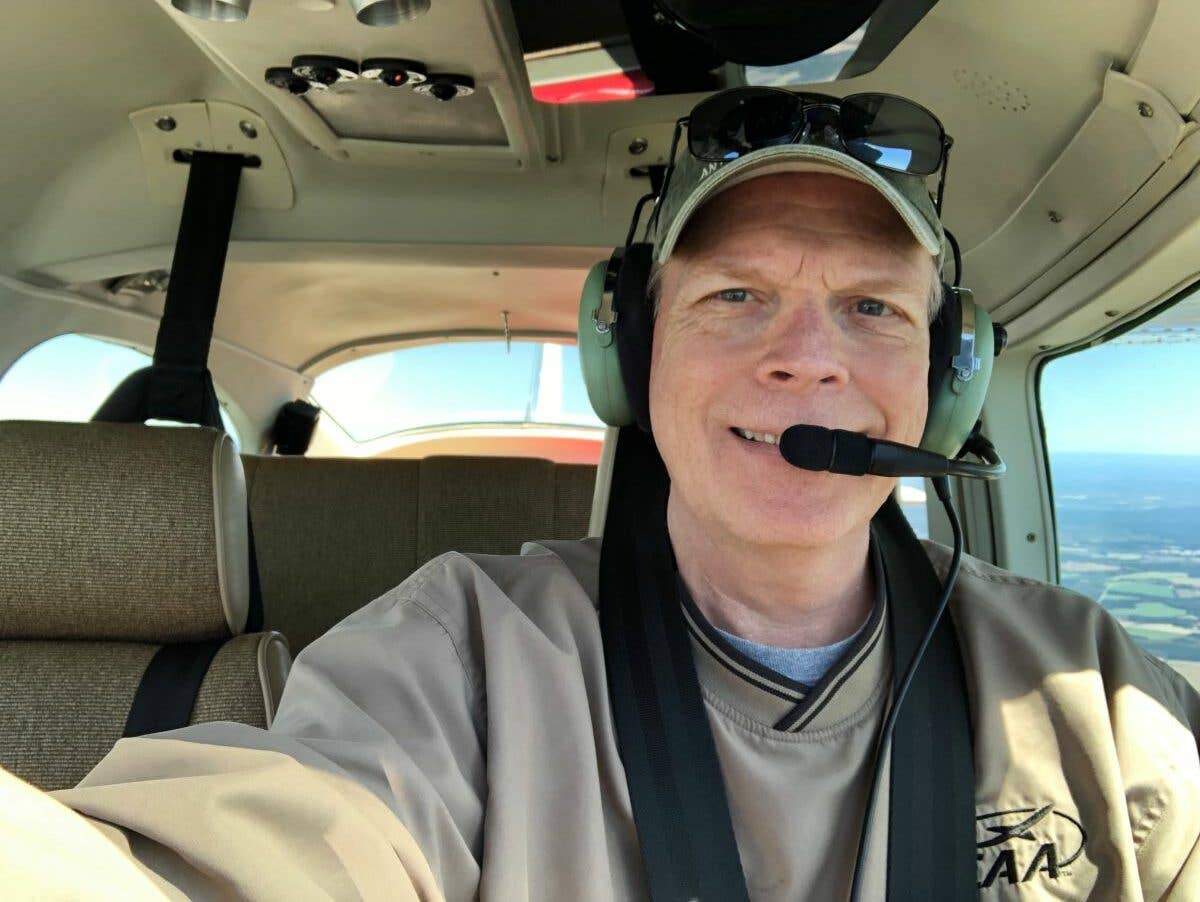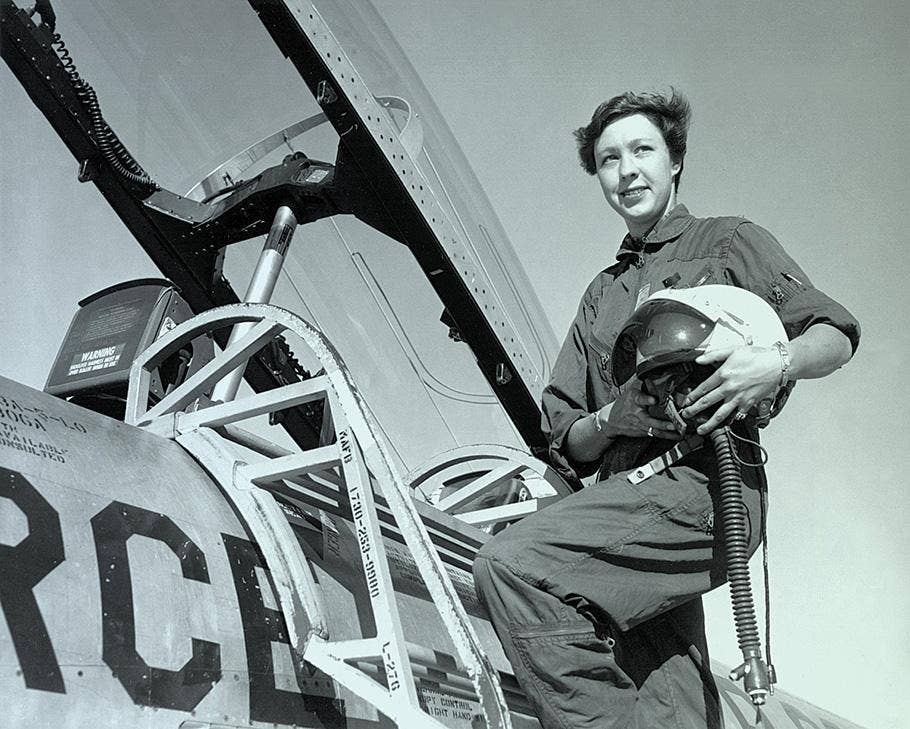
American Airlines canceled more than 2,000 flights over Halloween weekend. American Airlines
We’re taking a break from personal finance this week to address the economics of why airlines are cancelling so many flights lately.
American Airlines cancelled hundreds of flights this weekend owing to what the company defined as staffing issues. They’re not the only ones with problems; Southwest recently cancelled even more flights.
Some agenda-driven individuals tried to blame Southwest’s cancellations on a staff “sick-out” in protest to COVID-19 vaccine mandates. The Southwest Pilots Association ran the numbers and showed those allegations to be patently false.
Still, customers are angry. We live in one of the richest, most technologically advanced countries in the world, and the year is 2021. Shouldn’t we be able to trust an airline to operate a flight when we book a ticket?
Unfortunately, it’s not that simple.
Virus Forced Drastic Measures
When COVID hit last year, passenger demand dropped to almost nothing. I spent months flying 109-seat A220s with single-digit passenger loads.
During 2020, the airlines lost eye-watering amounts of money. Delta was pleased when they managed to reduce their losses to just $27 million per day. Airlines took on billions of dollars in new debt just to stay afloat.
These companies used a variety of strategies to minimize their losses. This included offering voluntary leaves of absence at reduced pay, early retirement, furloughs, and more.
Though these measures ensured short-term survival, they came with long-term side effects that are driving cancellations now. One notable effect was that most airlines ended 2020 with significantly fewer pilots on staff than they’d had in 2019. Of those pilots who stayed, many had been out of the chair for so long that they would need to attend a formal training course before returning to regular operations.
Airline Pilots Are Expensive
The airlines don’t want to hire more pilots than necessary because, frankly, we’re very expensive. In addition to our high pay, companies have to cover things like payroll tax, retirement account contributions, and training costs. My company paid more than $20,000 to help subsidize my health care premiums last year.
When given a choice, airlines prefer paying their current pilots a little extra to fly more, rather than hiring more pilots to keep permanently on staff. Some airlines offer double or even triple pay for pilots to cover flights not staffed through the regular monthly scheduling process. While that can be a lot of money, it’s still less than hiring a full-time pilot.
Demand Bounces Back
Once COVID vaccines were in play, and after a year of being cooped up at home, Americans were ready to fly. Demand started increasing before the pandemic ended. Ever since the vaccines became available, there haven’t been more than a few empty seats on any aircraft I’ve flown.
If you’re an airline exec at this point, what would you do? Your revenue is down, you have billions of dollars in debt, and you want to become profitable again as soon as possible. Your only choice is to get as many paying customers into seats as possible. Every moment your aircraft sit idle is a wasted opportunity.
Though most companies have tried, you can’t succeed by just throwing a bunch of jets on the line and expecting them to fly.
Scheduling Limitations
Airline pilots are only allowed to work so much, as specified under Part 117. Limitations include:
- 100 maximum flight hours per month
- 60 maximum duty hours per week
- 190 maximum duty hours per month
It’s not unusual for a domestic pilot’s duty day to last 10 to 14 hours, and include six to eight hours of flight time. Dividing the Part 117 limits by these numbers shows how quickly a pilot can max out for the week or month.
Many of us enjoy picking up extra trips for premium pay; however, human beings are subject to physiological limitations independent of the FARs. How many weekends can you put in at work before you’re physically and mentally spent?
IROPs and Reserves
Though airlines might like to cover all their extra flying with premium pay, that’s proven impractical. Instead, companies usually keep enough pilots on staff to assign some a reserve schedule each month. These on-call pilots get paid whether they fly or not, but they’re first in line for unfilled trips.
These pilots are subject to the same limitations as others, plus contractual rules guarantee them a certain number of days off each month. A properly staffed airline has enough pilots on reserve to cover most extra flying, even in the face of irregular operations, or IROPs.
However, remember that America’s airlines just let thousands of pilots retire early. They’re also still working through the burden of training all the pilots who were out on furlough or PTO. Most airlines don’t have enough pilots to cover their regular flying, let alone staffing a healthy group of reserves.
Perfect Storm
When these factors combine, all it takes is a couple days of weather-related IROPs to wreak havoc.
A weekend of storms in Florida or unusually strong winds in Texas, and companies start burning through their limited reserve pilot resources pretty quickly. Even if regular pilots pick up extra trips, it doesn’t take long before they end up exhausted or limited by regulation.
In this setting, every airline gets increasingly vulnerable to staffing meltdowns at the end of each month. Americans’ woes last weekend will not be the last wave of mass airline cancellations in our near future.
The Fix
The naïve solution to all these problems is for airlines to stop scheduling more flights than they can staff.
Any airline exec with an ounce of moral courage should be trying to do exactly that, for the sake of both passengers and employees. Airlines with staffing issues certainly shouldn’t be adding new routes.
However, it’s not that simple.
If one airline reduces its schedule, others will be tempted to meet that unfilled demand. This can affect gate access, landing slots, and long-term market share. A company can’t just pull back.
The other side of this equation is that airlines need to be hiring people as fast as possible. Most airlines have started this process, but it’s not a quick fix. Getting a pilot from applicant to fully qualified on the line requires months, at best. Training departments have limited bandwidth, so most airlines will need more than a year to adequately address today’s staffing issues.
I don’t present any of this to excuse airlines for allowing their staffing shortages. (Some companies had better options and chose not to take them.) However, it’s also not a simple fix. I hope industry leaders have the courage to crack the throttles and sell tickets based on a more realistic expectation of their actual staffing levels. In the meantime, if you’re looking for a job in aviation, there has never been a better time.
Thanks for your patience. I hope to see you in the airport soon…for a flight that leaves and arrives on time!
Jason Depew flies as a captain for a major U.S. airline. He is also a U.S. Air Force reservist and has flown more than 300 combat missions over Afghanistan and other garden spots. Based in Tampa, Florida, he instructs in the Icon A5 and anything else he can get his hands on. His writing is focused on personal finance for pilots with the goal to help all types of aviators enjoy great careers, sometimes in spite of themselves. You can send Jason questions at editorial@flying.media.

Sign-up for newsletters & special offers!
Get the latest FLYING stories & special offers delivered directly to your inbox






